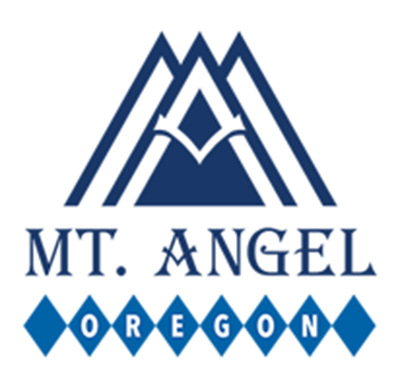By Stephen Floyd
A recent housing analysis estimated the population of Mount Angel could grow 30% by 2040 compared to 2020 and said the city has enough buildable land to meet this need.
The analysis was approved Jan. 18 by the city’s Planning Commission and is scheduled to go before the City Council for final approval Feb. 5.
Mount Angel commissioned the analysis in 2022 to build upon research published in 2021 by Portland State University amid statewide efforts to address Oregon’s housing crisis.
Engineering and planning firm 3J Consulting conducted the study.
The city’s goal was to inform policy related to residential development and growth, and enable property owners to make the best use of their land.
According to the study, researchers believe the population within Mount Angel’s Urban Growth Boundary (UGB) could increase from 3,595 in 2020 to 4,727 in 2040, or 31.5%.
The study estimated this would require 86 acres of new residential development including 300 single-family houses, 62 townhomes/duplexes, 53 apartment units and 11 manufactured homes. An additional 22 acres would be needed for development of public facilities, roads, easements and similar land uses, bringing the target to 108 acres.
Estimates were based partly on income levels recorded in 2019 which showed 45% of Mount Angel households earned higher than the county median income, and 30% earned less than half the median.
The study also examined median age (40 years old) and household size (2.58 persons), and found 40% of households were “rent-burdened” and spent more than 50% of earnings on housing.
The study said Mount Angel has more than enough land to fulfill its goal of 108 acres, with 245 acres of vacant buildable land within the UGB. This included 233 acres of low-density residential, six acres of high-density residential, and six acres of commercial which can allow residential use.
Of this available land, 87 acres were classified as “part-vacant,” meaning there is an existing development but could be subdivided for additional developments.
Based on these findings, the study offered multiple recommendations for potential changes in city policy and practices including:
• Relaxation of subdivision ordinances to draw in developers such as a reduction in minimum lot size.
• Encouraging mix-density developments, which make better use of odd-shaped parcels and drive down development costs.
• Encouraging development of accessory dwelling units, also called mother-in-law units.
• A public information campaign informing residents of loans and grants for home rehabilitation, as well as opportunities for home refinancing.
• Developing a process to periodically identify derelict homes that can be condemned and demolished for rebuilding.
• Allowing development in floodplains if construction protects homes and nearby buildings.
• Encouraging development of low- and moderate-cost housing.
• Conducting a fair housing audit periodically to ensure city policy is not creating an undue burden on protected classes.
• Planning for expansion of the UGB within the next 20 years to ensure buildable land remains available.
Residents interested in a copy of the plan may acquire one through Mount Angel City Hall, 5 N. Garfield St.
